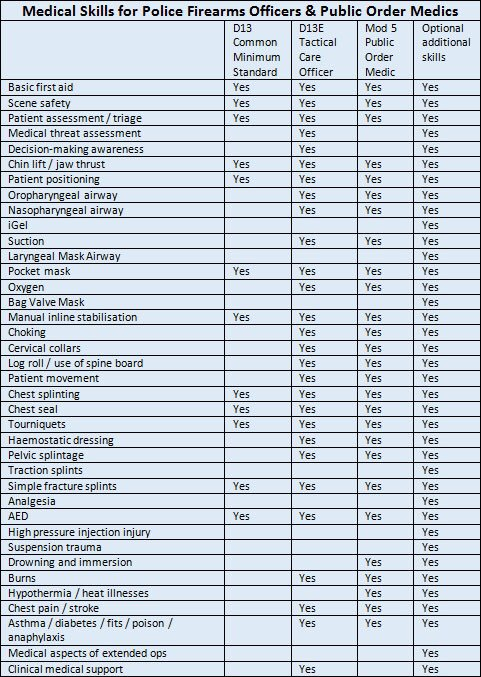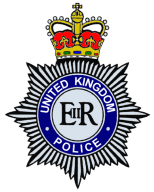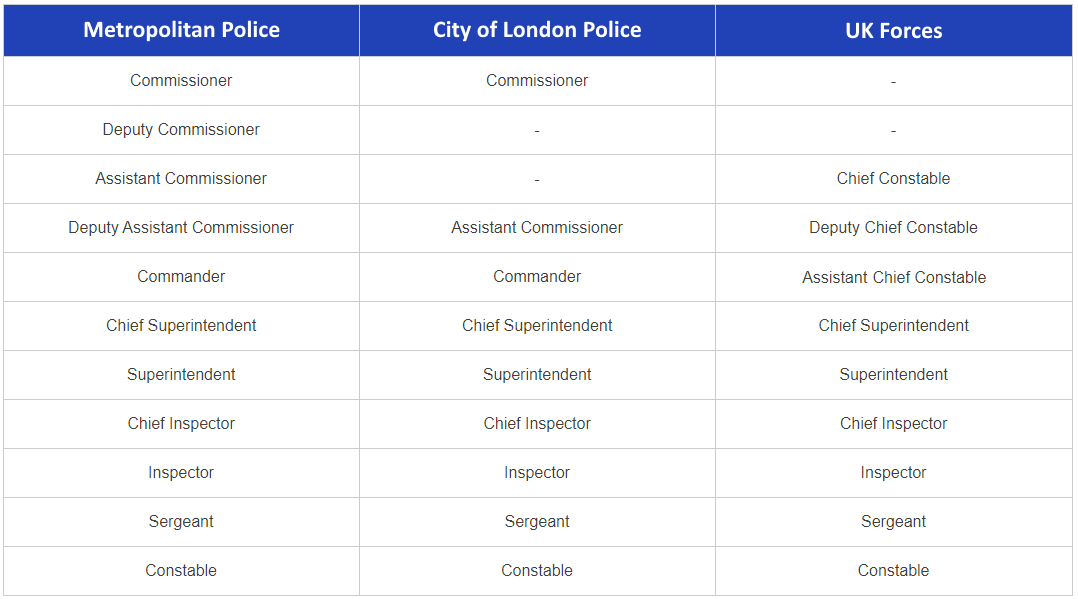Welcome to the Ultimate UK Police Cheat Sheet
Your all-in-one reference for understanding UK police ranks, protocols, and procedures.
Whether you're a role-play enthusiast immersing yourself in a realistic police experience, a curious learner, or an aspiring police officer preparing for a real-life career in law enforcement, this site has you covered.
Explore in-depth information on police ranks, phonetic alphabets, caution protocols, and much more. Our easy-to-navigate cheat sheet is here to help you master the essentials, sharpen your knowledge, and enhance your role-playing or career readiness.
Use the sidebar to jump straight to topics of interest, and start your journey into the structured world of UK policing!
Meet Our Team

Sybo
ECS Director
State Codes
State Codes
- State 0 - Emergency
- State 1 - On Duty
- State 2 - On Patrol
- State 3 - At Station (Available)
- State 4 - Refreshments
- State 5 - En Route to Incident
- State 6 - On Scene
- State 7 - Committed Deployable
- State 8 - Committed not Deployable
- State 9 - Prisoner Transport
- State 10 - At Court
- State 11 - Off Duty
- State 12 - Confidential Message
- State 13 - Non-Urgent Call Back
- State 14 - Urgent Call Back
- State 15 - Received
- State 16 - Repeat
Phonetic Alphabet
The NATO phonetic alphabet used for clear communication in police operations.
| A - Alpha | B - Bravo | C - Charlie | D - Delta | E - Echo |
| F - Foxtrot | G - Golf | H - Hotel | I - India | J - Juliet |
| K - Kilo | L - Lima | M - Mike | N - November | O - Oscar |
| P - Papa | Q - Quebec | R - Romeo | S - Sierra | T - Tango |
| U - Uniform | V - Victor | W - Whiskey | X - X-ray | Y - Yankee |
| Z - Zulu |
Police Caution
Police Caution (When)
"You do not have to say anything, but it may harm your defence if you do not mention, when questioned, something which you later rely on in court. Anything you do say may be given in evidence."
Police Caution (Now)
"You do not have to say anything, but it may harm your defence if you do not mention now, something which you later rely on in court. Anything you do say may be given in evidence."
TOR Caution
Traffic Offence Report Caution
"I am reporting you for <OFFENCE>. You do not have to say anything, but it may harm your defence if you do not mention NOW something which will later rely on in court. Anything you do say may be given in evidence."
Traffic Offence Report Caution (NIP Offence)
"I am reporting you for the question of prosecuting you for the offence of <OFFENCE>. You do not have to say anything, but it may harm your defence if you do not mention NOW something which will later rely on in court. Anything you do say may be given in evidence."
Van Caution
Not fitted with Audio and Video Taping
"This van has been searched prior to your arrest, anything found in it afterwards will be deemed as yours."
Fitted with Audio and Video Taping
"This van has been searched prior to your arrest, anything found in it afterwards will be deemed as yours. This van is also fitted with audio and video recording so anything you do or say may be used against you and will be captured."
Call Grades
Immediate (I) grade - 'I' grade calls are calls where "the immediate presence of a police officer will have a significant impact on the outcome of an incident". This is typically categorized as where there is, or is likely to be, a danger to life, a serious threat of violence, serious damage to property or serious injury. The response time to a call of this urgency is 15 minutes.
Significant (S) grade - 'S' grade calls are calls where there is a "degree of importance or urgency associated with the initial police action, but an emergency response is not required". The response time to a call of this urgency is 60 minutes.
Extended (E) grade - 'E' grade calls are calls where police attendance is required, but an emergency police response is not. The response time to a call of this urgency is 48 hours.
Referred (R) grade - 'R' grade calls are calls where police attendance is not required. This typically means that the caller has been dealt with appropriately by the call handler.
Warning Markers
General Markers
- FI - FIREARMS (May possess firearms)
- WE - WEAPONS (May possess weapons)
- XP - EXPLOSIVES (May possess explosives)
- VI - VIOLENT (May resort to violent behaviour)
- CO - CONTAGIOUS (May be a hazard to others as a carrier of disease, e.g., HIV)
- ES - ESCAPER (May attempt to escape from custody)
- AG - ALLEGES (May make false allegations against Police)
- AT - AILMENT (May suffer from medical condition or require medication)
- SU - SUICIDAL (May attempt suicide)
- MN - MENTAL (Is suffering from a mental disorder)
- DR - DRUGS (May be in unlawful possession of a controlled drug)
- IM - M/IMPERS (May impersonate a Male)
- IF - F/IMPERS (May impersonate a Female)
Initial Phase Pursuit
Initial Phase Pursuit
- Location & Direction - ROAD NAME, BOROUGH, NESW, LANDMARKS
- Vehicle Details - MAKE, MODEL, VRM
- Speed - CURRENT TRAVELLING SPEED
- Vehicle Density - LOW | MEDIUM | HIGH
- Pedestrian Density - LOW | MEDIUM | HIGH
- Road Conditions - WET | DRY | DIRT
- Weather Conditions - CLEAR | LIGHT | DARK
- Visibility - POOR | MODERATE | GOOD
- Dynamic Risk Assessment (DRA) - LOW | MEDIUM | HIGH
- Driver Classification - IPP | ADVANCED | TPAC
- Police Vehicle - MARKED | UNMARKED
PACE Codes of Practice
PACE Code A 2015
Exercise by police officers of statutory powers to search a person or a vehicle without first making an arrest and the need for a police officer to make a record of a stop or encounter.
PACE Code B 2013
Police powers to search premises and to seize and retain property found on premises and persons.
PACE Code C 2019
Requirements for the detention, treatment and questioning of suspects not related to terrorism in police custody by police officers. Includes the requirement to explain a person’s rights while detained and the requirement to explain the rights of a person who has not been arrested that apply to a voluntary interview.
PACE Code D 2017
Main methods used by the police to identify people in connection with the investigation of offences and the keeping of accurate and reliable criminal records.
PACE Code E and F 2018
E: Audio recording of interviews with suspects in the police station.
F: Visual recording with sound of interviews with suspects - there is no statutory requirement on police officers to visually record interviews, but the contents of this code should be considered if an interviewing officer decides to make a visual recording with sound of an interview with a suspect.
PACE Code G 2012
Powers of arrest under section 24 the Police and Criminal Evidence Act 1984 as amended by section 110 of the Serious Organised Crime and Police Act 2005.
PACE Code H 2019
Requirements for the detention, treatment and questioning of suspects related to terrorism in police custody by police officers. Includes the requirement to explain a person’s rights while detained in connection with terrorism.
Five Step Appeal
Step 1: Simple Appeal
Ask the individual to comply with the officer's request.
Step 2: Reasoned Appeal
Explain why the request has been made, what law if any has been broken, and what conduct has caused the request.
Step 3: Personal Appeal
This may remind the individual that they may be jeopardising values that are high priorities to them, e.g., loss of free time if arrested, loss of money, loss of income, possibility of a criminal record, loss of respect of their partner and family.
Step 4: Final Appeal
The officer should now finally tell them what is required and use a phrase that means the same as the following example: "Is there anything I can reasonably do to make you co-operate with me/us?"
Step 5: Action
Reasonable force may be the only option left in the case of continued resistance.
National Decision Model
The National Decision Model (NDM) is a structured decision-making tool for police officers, built upon the foundation of the Code of Ethics, values, and professional standards.
Steps in the National Decision Model:
- Gather Information and Intelligence: Collect relevant information and intelligence to understand the situation better.
- Assess Threat and Risk and Develop a Working Strategy: Evaluate potential threats and risks, and create an appropriate strategy to address them.
- Consider Powers and Policy: Reflect on legal powers and applicable policies to guide actions.
- Identify Options and Contingencies: Explore various courses of action, including backup plans if initial strategies fail.
- Take Action and Review What Happened: Implement the chosen action, then review and evaluate its outcomes.
Each step in the model connects back to the central principles of the Code of Ethics, ensuring actions are aligned with professional standards and values.
Capacity Assessment
Capacity Assessment
The presumption is that everyone possesses the capacity to make decisions unless there is substantiated proof indicating an inability to do so due to a cognitive impairment or disruption in the proper functioning of their mind or brain. A person might be considered incapable of making a specific decision if they struggle with one or more of these key aspects:
- Understand the information given to them about the decision to be made
- Retain that information long enough to be able to make the decision
- Use or weigh up that information as part of the decision-making process
- Communicate their decision (in their normal method of communication)
Whether the impairment or disturbance is enduring or temporary, like a head injury, substance use, learning challenges, mental health issues, etc., is immaterial to this assessment.
Principles
- Constables are to presume an individual possesses decision-making capacity unless evidence suggests otherwise.
- Constables are expected to undertake all practical approaches to help an individual make informed decisions before considering them incapable.
- The determination of an individual's decision-making ability should not be based solely on a single imprudent choice.
- In instances where a person lacks capacity, constables are mandated to act in the individual's best interests while upholding their rights and liberties.
- Prior to taking action or making decisions, constables must consider if the intended objective can be effectively achieved with minimal infringement upon the individual's rights and liberties.
Police Medical Skills
Police Medical Skills
There are three common levels of police medics:
- D13: Fundamental standard for armed response officers.
- D13 Enhanced/Tactical Care Officer: Elevated proficiency.
- Public Order Medic: Specialized role.
These roles adhere to skill standards set by the College of Police, allowing forces the option to exceed these benchmarks.
Qualifications for police medics vary based on training strategies. While internal training aligns with the College's syllabus, it lacks external accreditation. Alternatively, training from commercial providers might align with esteemed qualifications like FPOSi, RTACC, or IEC.
Each police force takes responsibility for its own clinical governance, ensuring the highest standards.
Occasionally, police officers possess prior healthcare expertise or serve as Special Constables in healthcare roles. However, utilizing these skills in policing remains rare due to factors such as:
- Inadequate training in firearms or managing public order situations.
- Absence of completion in College-prescribed courses, affecting force oversight and insurance coverage.



